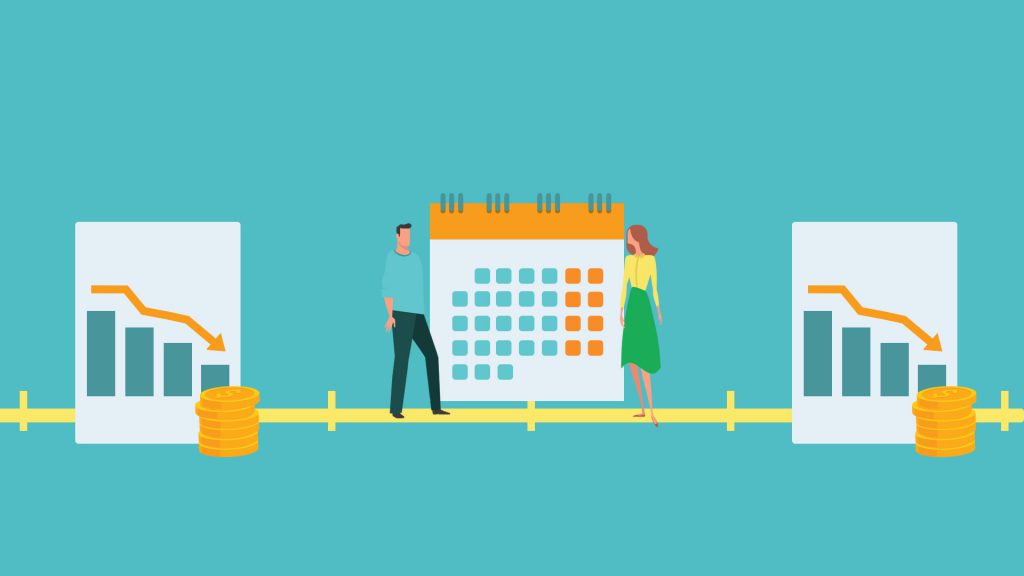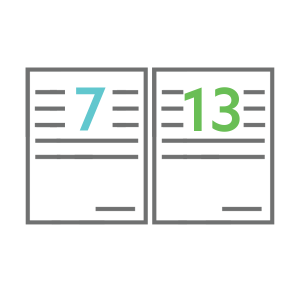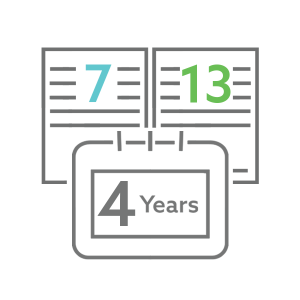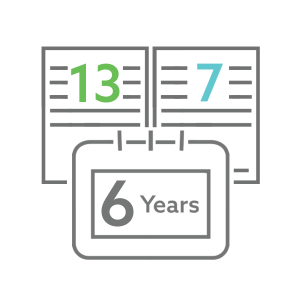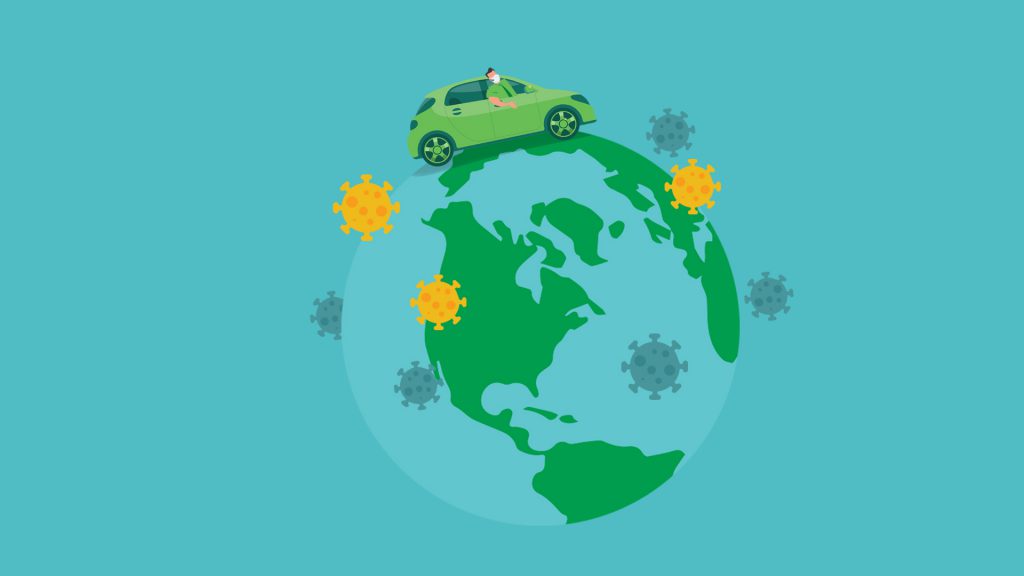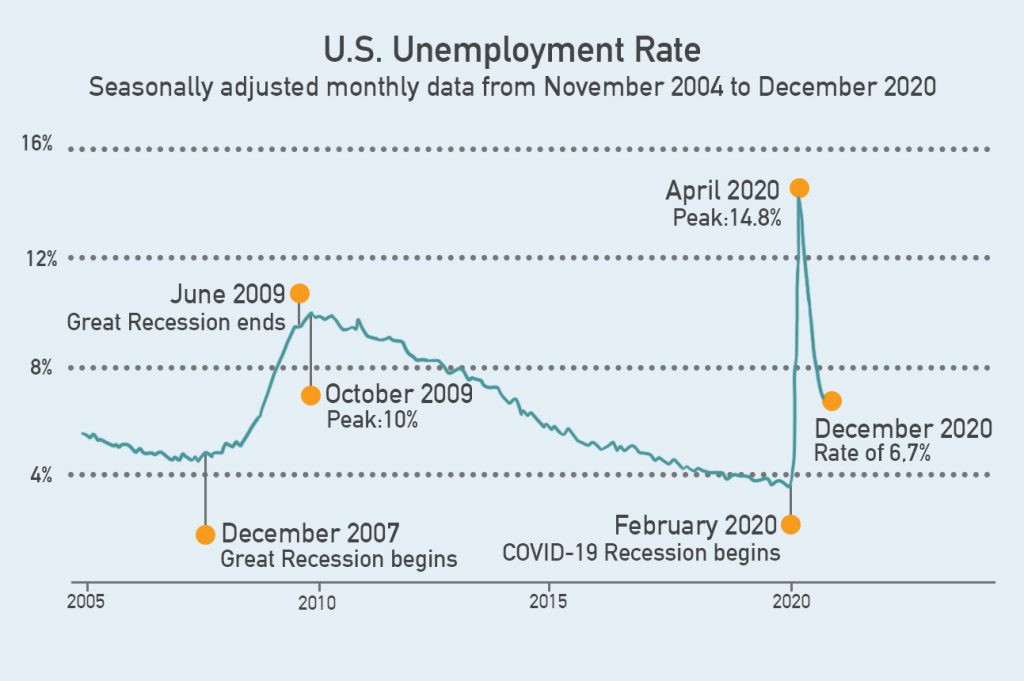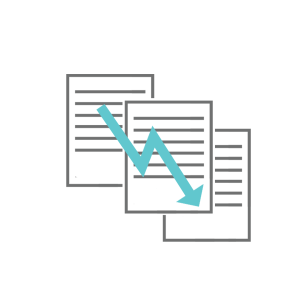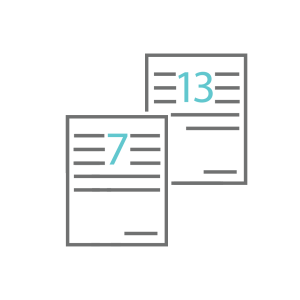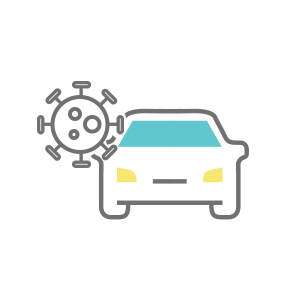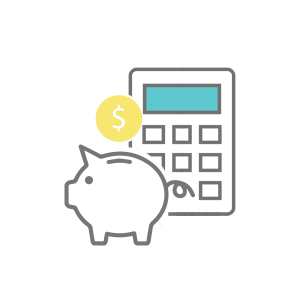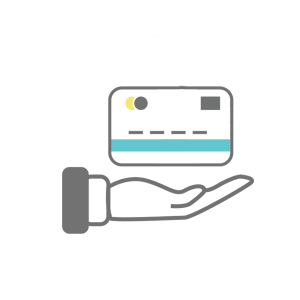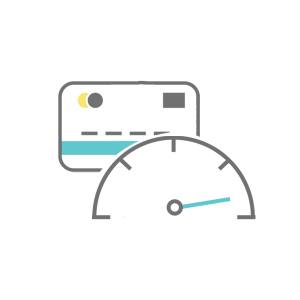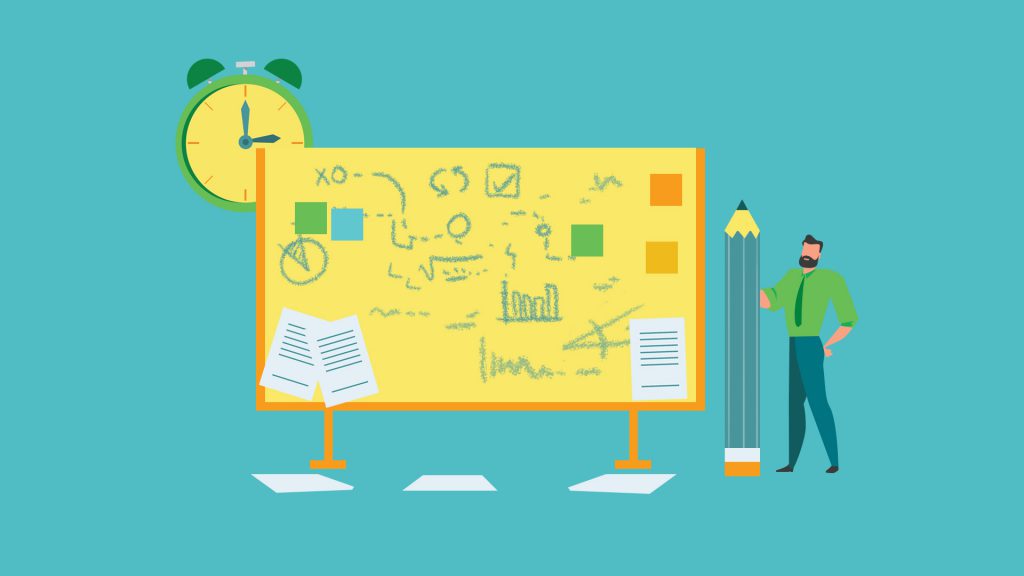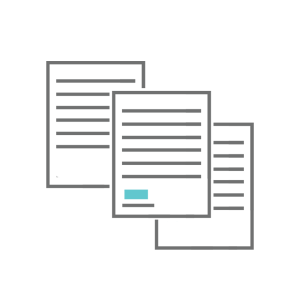
When people get to a point where they decide they need to file bankruptcy because their debts have become too much for them to handle, those who are unfamiliar with the process and what it involves typically have a lot of questions. One the most important questions many people want to know about is what will happen to their car when they file bankruptcy. This article outlines all the different possibilities so you can decide which option is right for you.
Choose Between Chapter 7 and Chapter 13 to File Bankruptcy
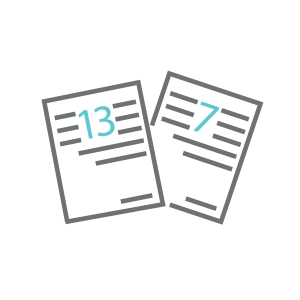
If you don’t know much of anything about filing bankruptcy, you should work with a qualified bankruptcy attorney to help you with the process. One of the many things a bankruptcy attorney will help you with is deciding which form of bankruptcy filing is right for you. The two most common options for individuals is a Chapter 7 bankruptcy or a Chapter 13 bankruptcy.
A Chapter 7 bankruptcy is also referred to as a “straight” bankruptcy or “liquidation” bankruptcy. If you have significant non-exempt assets/property, those will have to be sold off or liquidated in order to pay down the debts being included in the bankruptcy. Property and assets typically considered exempt from this include your house (because you still need a place to live) and your car (because you still need to get around, commute to work, etc.). If you are still paying on a car loan for your vehicle, that debt may or may not be included in the bankruptcy (more on that later).
After liquidating non-exempt property/assets to pay creditors, any remaining qualifying debts will be wiped away entirely, giving you a kind of “clean slate.” There are, however, various debts that do not qualify to be included in a bankruptcy, such as students loans, alimony or child support payments you owe, and any recent federal/state/local taxes you haven’t paid. Chapter 7 bankruptcy is the best option for those whose income is limited enough that there’s basically no way they’d ever be able to repay their qualifying debts, which is why they get wiped away.
In a Chapter 13 bankruptcy, the idea is that your income is high enough that you just need some time in order to get caught up on your debts. The bankruptcy court acts as a go-between between you and your creditors to hit the “pause” button on your qualifying debts and set up a reasonable repayment plan. Over the course of 3-5 years, you’ll be able to get caught up on your debt payments. During that time, creditors are not allowed to start or continue any debt collection actions. The bankruptcy court consolidates the qualifying debts into a single monthly payment you pay to your bankruptcy trustee, who then distributes it among your creditors, meaning you don’t have to have any direct contact with them.
How Chapter 7 Bankruptcy Affects Your Car

If Chapter 7 ends up being the right choice for you to file bankruptcy, there are three basic options for what happens to your car if you’re still making payments on a loan for it, each of which is outlined below:
Surrender: If what you want to do is get rid of your car and the loan you’re still making payments on, you may be able to just surrender the car to the lender and include the car loan in your Chapter 7 bankruptcy filing. You may be able to literally walk away from the loan, even if you owe more on the loan than the car is worth. If the debt is included in the bankruptcy, then it will be wiped away. The downside to this option, of course, is that you then won’t have a car. So why would anyone ever choose this option? Because it’s a way of getting out from under the burden of a car you can longer afford. Surrender the car that’s too expensive for you when you file bankruptcy and then you have the option of getting a bankruptcy car loan for something you can afford.
Retain-and-pay: This is also common in a Chapter 7 bankruptcy. Your car loan is included in the bankruptcy, which means the lender can’t come after you, but you go ahead and keep making payments and hang on to the car. Yes, there will be a lien placed on the vehicle, but as long as you keep making your payments, you get to keep driving the car. Once you’ve paid off the loan, then you can get the lien removed so you’re free and clear. However, not all lenders will go for this type of arrangement. Some will demand what’s called a “reaffirmation agreement.”
Reaffirmation: Some banks and credit unions want you to “reaffirm” your car loan if you intend to keep driving your car during a Chapter 7 bankruptcy. It basically means you promise to keep making payments on your loan, and remain personally liable for the debt, which means your vehicle could get repossessed if you fail to make your payments.
Which of the above options is right for you? Talk it over with your bankruptcy attorney, who will help you decide which option you should go for, or which option you have to go for based on your situation and the lender who has your car loan.
How Chapter 13 Bankruptcy Affects Your Car
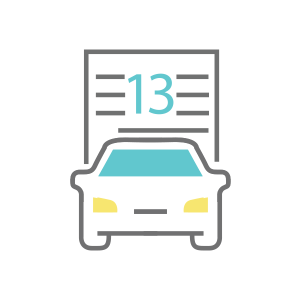
Remember that a Chapter 13 bankruptcy involves a repayment plan to help you get caught up on your debt payments. Below are the three basic options for what happens to your car and loan in a Chapter 13 bankruptcy:
Principal Reduction: This option is how you “cram down” your car loan. You can only do this if you took the loan out at least two-and-a-half years before filing bankruptcy. In this approach, the lender is willing to accept a reduction in the principle balance on the loan down to what the car is actually worth (fair market value). Instead of being “upside down” or “underwater” on the loan, where you owe more than the car is worth, after the cram down you’ll only owe what the car is worth. If you still owe $10,000 on the car but it’s only worth $7,000, the outstanding principal that you owe will be reduced or “crammed down” to $7,000.
Interest Rate Reduction: Another option is get the interest rate reduced on your loan. If part of your struggle to pay your car loan is because it has a high interest rate, this could be reduced by as much as 4-6%.
Arrears Catch-Up: If you’re several payments behind on your car and it hasn’t been repossessed yet, then you can take the total past due amount and stretch out repayment over the course of your Chapter 13 bankruptcy of 3-5 years. This can end up being a very small monthly payment that is easy to handle on top of the current monthly payment you have to continue making.
If you need to file bankruptcy as well as replace your car, Day One Credit is here to help. We’ve spent years developing a great network of lenders who specialize in serving bankruptcy customers. When you apply for a bankruptcy car loan through Day One Credit, we send your application out to all the lenders in our network because when they all compete against each other to get your business, you end up with the loan that fits your situation! Learn more by visiting our Why Day One page, find answers to common questions, feel free to contact us for anything else you want to know, or go ahead and apply now!
At Day One Credit we are experts at finding the best possible bankruptcy car loans in order to help our customers purchase high-quality used cars. We are not lawyers, we do not give legal advice, and nothing we say should be taken as legal advice. Your first step in anything related to bankruptcy should always be seeking the advice and counsel of a qualified bankruptcy attorney.

